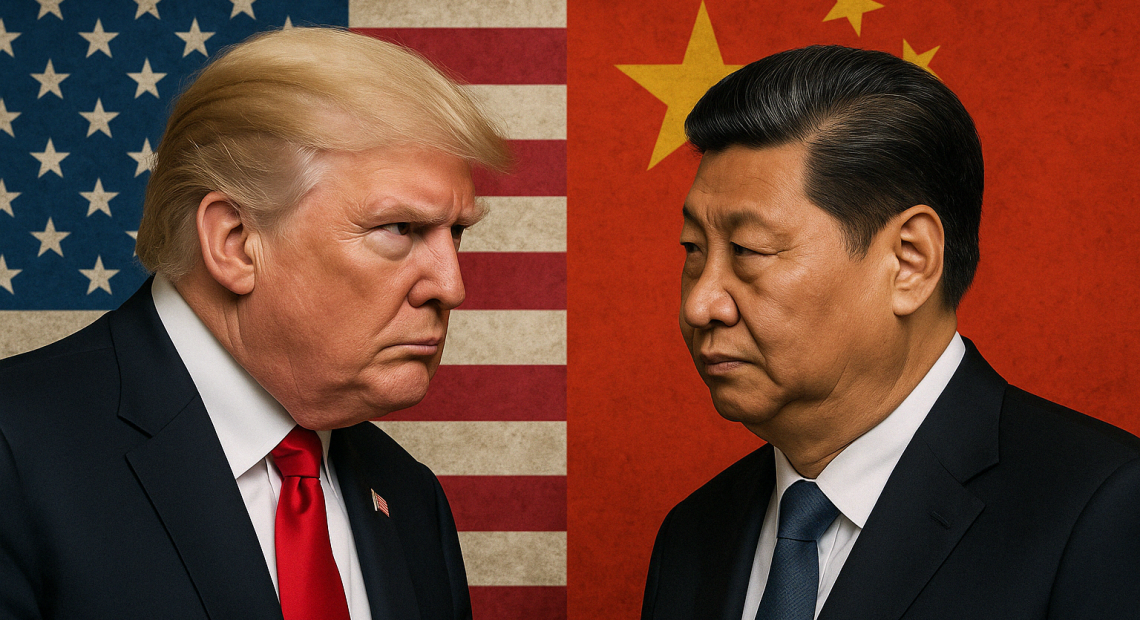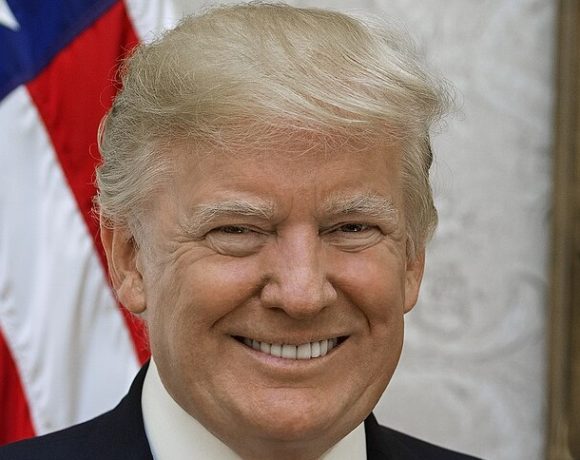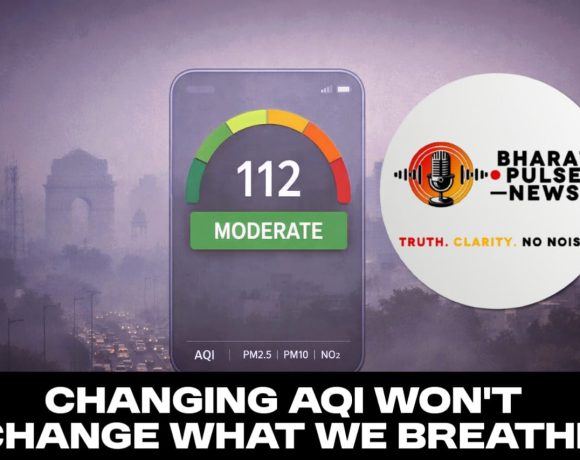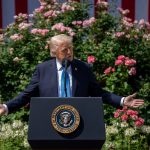
US-China Slash Tariffs in 90-Day Truce to Ease Trade War
In a significant breakthrough, the United States and China have agreed to a 90-day truce that includes substantial reductions in reciprocal tariffs. The move is seen as a step toward stabilizing global trade relations and easing tensions between the world’s two largest economies.
The temporary agreement will allow both sides to pause their trade hostilities and return to the negotiation table with the goal of resolving deeper structural and policy differences. The decision comes amid growing concern over the prolonged impact of the trade war on global supply chains, inflation, and investor confidence.
Tariff Cuts Signal Shift Toward Dialogue
Under the agreement:
- The United States will reduce tariffs on Chinese imports from 145% to 30%.
- China will lower its tariffs on American goods from 125% to 10%.
- Additional tariffs planned by both countries have been suspended for the duration of the truce.
The reductions will apply for a fixed period of 90 days, creating space for renewed negotiations on key issues including intellectual property rights, technology transfers, and market access.
Markets React Positively, But Challenges Remain
The announcement sparked immediate relief in global financial markets, with stock indices in the US and Asia registering gains and commodity prices stabilizing. Analysts and business leaders welcomed the pause, noting that it offers temporary certainty in an otherwise volatile trade environment.
However, the truce is not a resolution. Trade experts caution that the tariff rollback only buys time and that substantial differences still remain, particularly around strategic industries and digital trade. The next three months will be critical in determining whether the truce leads to a broader trade settlement or simply delays further escalation.
A Calculated Reset with Global Implications
This temporary tariff relief comes as both nations face internal economic pressures—China grappling with slowing industrial growth and the US managing inflationary challenges. By resetting the tone of engagement, the 90-day pause could signal a recalibration of bilateral relations, albeit with guarded optimism.
The focus now turns to what both sides can accomplish within this limited window and whether the spirit of cooperation will hold beyond the truce period.


















